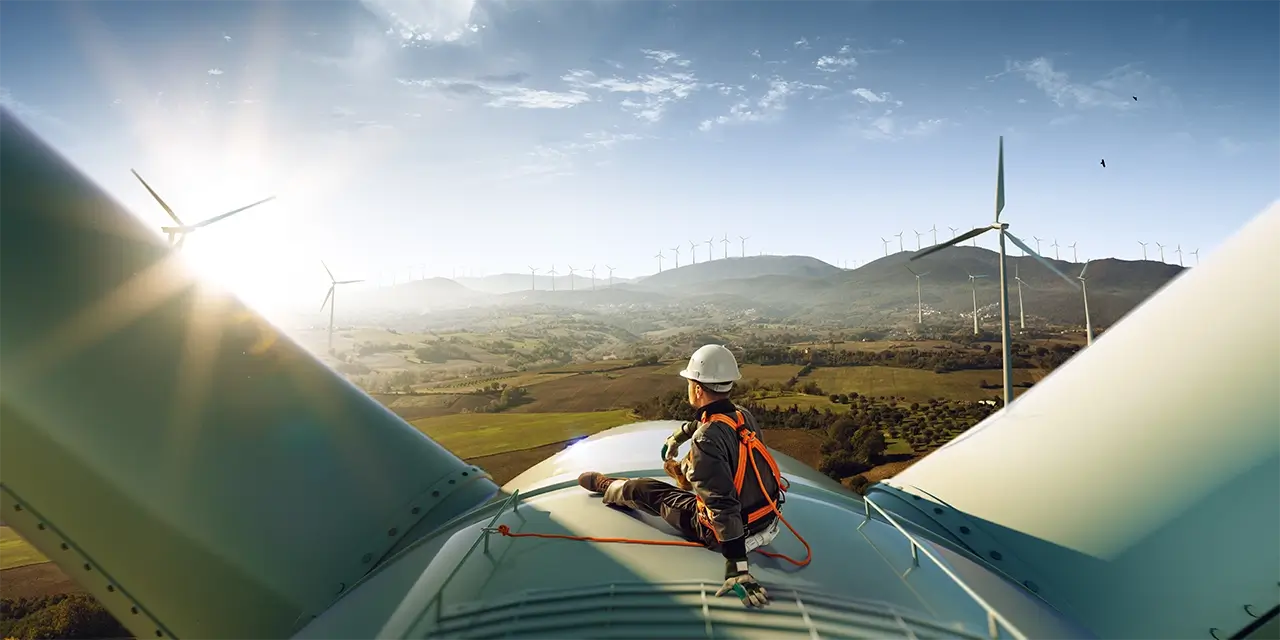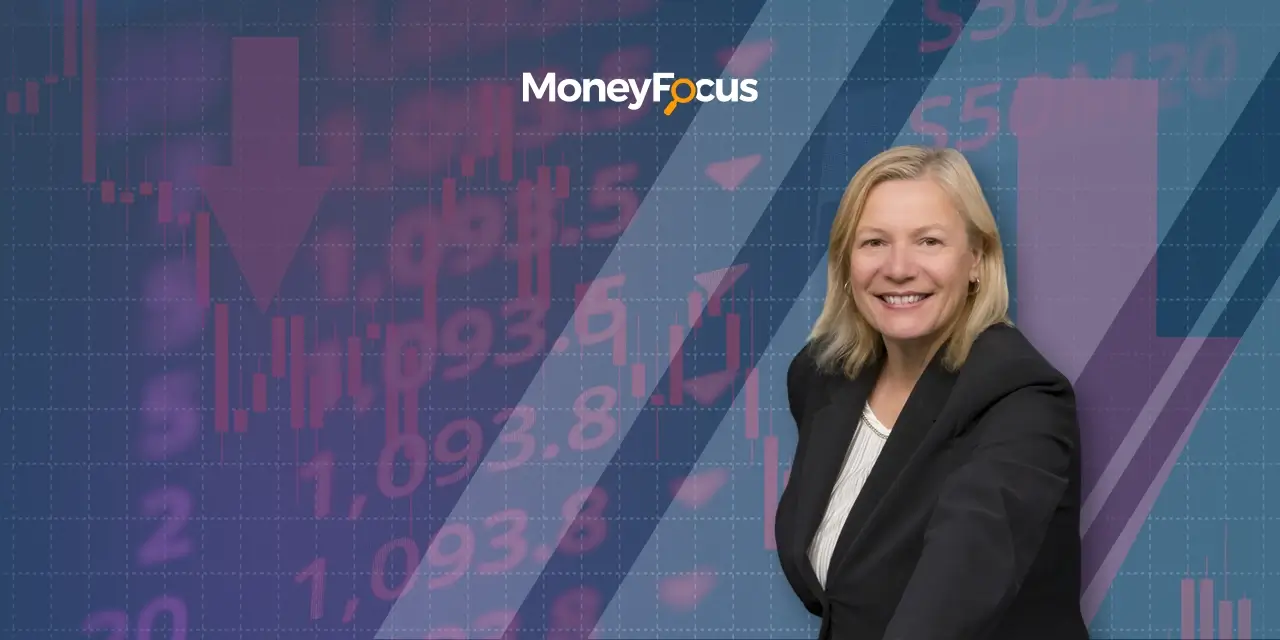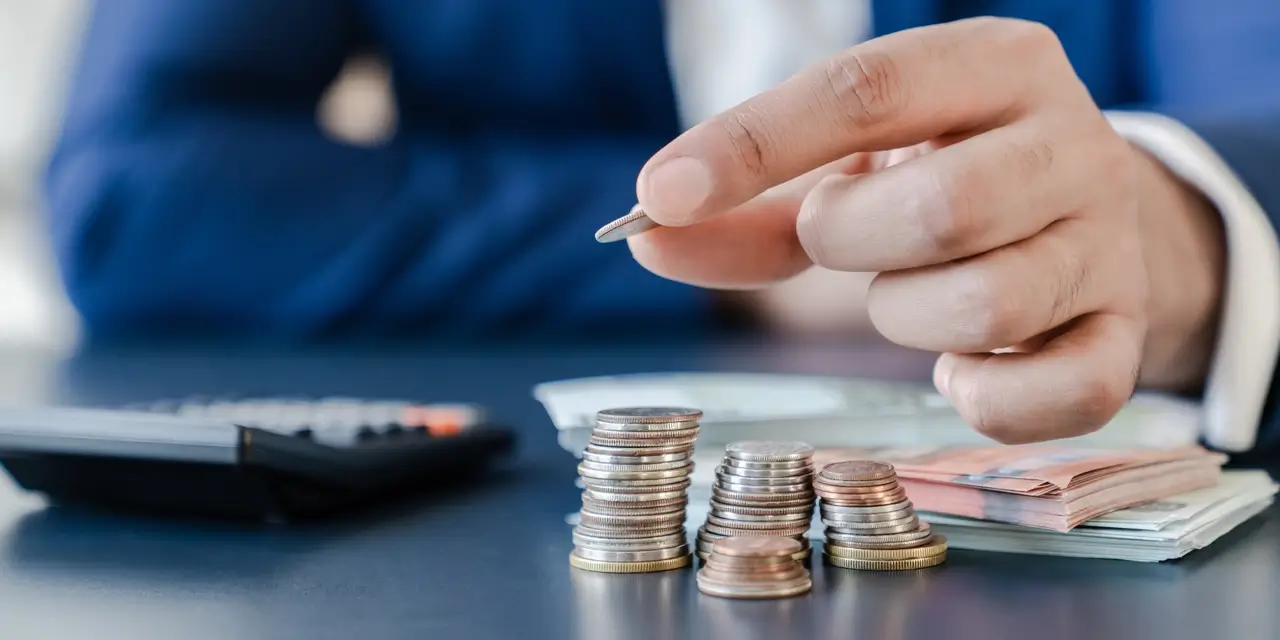By Harvest ETFs
RRSP, RRIF, LIRA, CPP, OAS: for younger Canadians, these letters may not mean much. But for those around 60 years of age, these letters start to mean a lot as they get closer to their age of retirement.
By the time Canadians get to the age of 60, they may have a lot of questions about their retirement finances. How can they contribute towards their retirement in the best possible way, while also making sure they are paying the least amount of taxes?
Below, we’ll explore whether Canadians should make RRSP contributions after 60.
What Is an RRSP?
A Registered Retirement Savings Plan (RRSP) is a retirement savings plan for Canadians where individuals can save and invest for their retirement. A key differentiator between an RRSP and a general savings or investing account is that the contributions into the Canadian RRSP are exempt from taxes and investments grow tax-free until its time to withdraw from it.
In the RRSP, Canadians can hold various investment instruments like guaranteed investment certificates (GICs), bonds, stocks, mutual funds, and exchange-traded funds (ETFs) for retirement which employ various strategies like growth and income ETFs and covered call Canadian banks ETFs.
How much could an individual contribute to this retirement savings plan? For 2025, individuals can contribute up to 18% of their earned income, or the maximum annual contribution limit of $33,810, whichever is lower.
Also, an individual can carry forward the contribution room in these retirement savings plans until they turn 71 years of age. So, for example, if a person contributed $1,000 this year in their RRSP, in 2026, they could contribute whatever the limit is for the year, plus $31,490 (what’s left from 2025’s contribution limit).
Contributing to an RRSP After 60
To say the least, there isn’t a cookie-cutter answer to whether a person should contribute to their RRSP after the age of 60. However, there are a few factors people should consider when it comes to contributing to Canadian retirement savings plans.
Ultimately, the goal is to figure out where they can get the most tax savings by contributing to their RRSP.
Marginal Tax Rate
Hands down, one of the biggest factors in deciding if an individual should contribute to their RRSP after 60 is the marginal tax rate.
The marginal tax rate is how much an individual pays on every additional dollar of income they earn. If someone has a marginal tax rate of 10%, it will mean that $0.10 of the next $1.00 earned will be paid towards taxes.
The general rule of thumb is the higher the marginal tax rate after 60, the higher the contribution should be.
If a person in their 60s works as a consultant in Ontario earning an annual salary of over $130,000 and their marginal tax rate is 43%. If an investor contributes the maximum amount to their RRSP, it could lead to greater tax benefits.
Compared to a person who earns $25,000 and has decided to take their Canadian Pension Plan (CPP) and Old Age Security (OAS) with a marginal tax rate of 20%, the impact of an RRSP contribution would be negligible. In fact, if over the years this individual has built up large sums in their retirement savings plan, it might even be advisable for them to take money out of their RRSP and take advantage of their lower marginal tax rate.
Spousal RRSP
For some individuals, it might even be possible to contribute to their spousal retirement savings plan rather than their own after the age of 60.
How does this work? A spousal RRSP allows a person to contribute towards their spousal retirement savings plan up to their contribution limit. When they contribute to their spousal RRSP, they get a tax deduction and that could lower their tax bill. This works very well in cases where there is a huge difference between incomes between spouses.
Furthermore, contributing to the spousal RRSP could lead to a lower marginal tax when the time comes for withdrawals from the retirement saving plan at the time of retirement.
Age
It’s worth noting again that there’s a limit on how long Canadians are allowed to keep an RRSP. The age limit is 71 years. After the age of 71, the RRSP turns into a Registered Retirement Income Fund (RRIF) of which a certain amount must be withdrawn every year. That amount is set by parliament.
If a person is 69 years old, for example, it might be wiser for them to start thinking about how to withdraw from their RRSP and what to do with their savings rather than contributing more to their income retirement plan. Regardless of a person’s marginal tax rate or how much they can contribute to their spousal RRSP, age is a large factor.
On the other hand, if a person is 60 years of age, they might still have some time to contribute to their RRSP. It becomes important for them to figure out how to contribute most efficiently. They will have to consider their marginal tax rates, income, and other factors.
Key Pointers on Contributing to an RRSP After 60
While there isn’t one clear-cut answer for whether a person should contribute to their RRSP after 60, speaking to an experienced financial advisor or financial planner could help. They could run several scenario analyses to guide you in the right direction.
Beyond this, financial professionals could help you by building a plan that not only focuses on contributing to the RRSP, but how to manage what’s in the retirement savings plan—where to invest, how to allocate the funds, and what to do when the time comes for withdrawal.
Canadian should be considering their retirement plans. Early decisions can make a huge difference over time. They could invest a large amount of money tax-free and have the savings they need for when the time comes to use it.
Where should you make your RRSP contributions in 2024?
Harvest ETFs offers investment products focused on generating consistent monthly cashflow, a source of income in retirement. After all, those nearing retirement, and retirees, both depend on steady monthly cashflow to live well, travel the world, and leave a legacy that they can be proud of.
The Harvest Diversified Monthly Income ETF (HDIF:TSX) is built to deliver consistent monthly income and diverse growth opportunities that Harvest ETFs are known for. HDIF holds a portfolio primarily of Harvest Equity Income ETFs. This ETF holds a multi-sector portfolio that is designed to capture a large and diverse set of high-quality companies.
Canadians preparing for or in retirement may also want to consider Harvest’s fixed income offerings. The Harvest Premium Yield 7-10 Year Treasury ETF (HPYM:TSX) is the “happy medium” for retirement investors who want stability and attractive tax efficient monthly cash distributions. This ETF primarily holds mid-duration U.S. bonds with average maturities of 7-10 years. It is overlayed with an active covered call writing strategy to generate high income every month.
Disclaimer:
Commissions, management fees and expenses all may be associated with investing in Harvest Exchange Traded Funds (managed by Harvest Portfolios Group Inc.). Please read the relevant prospectus before investing. The funds are not guaranteed, their values change frequently, and past performance may not be repeated. The content of this article is to inform and educate and therefore should not be taken as investment, tax, or financial advice.
[1] This does not represent the ETF’s historical performance. It represents an annualized number based the most recent distribution multiplied by 12 and divided the closing market price of $8.16 as of February 22, 2024. It is the yield an investor should expect if the ETF, was purchased at the price of $8.16; and paid the same amount of distribution of $0.0708 for the next twelve consecutive months.











